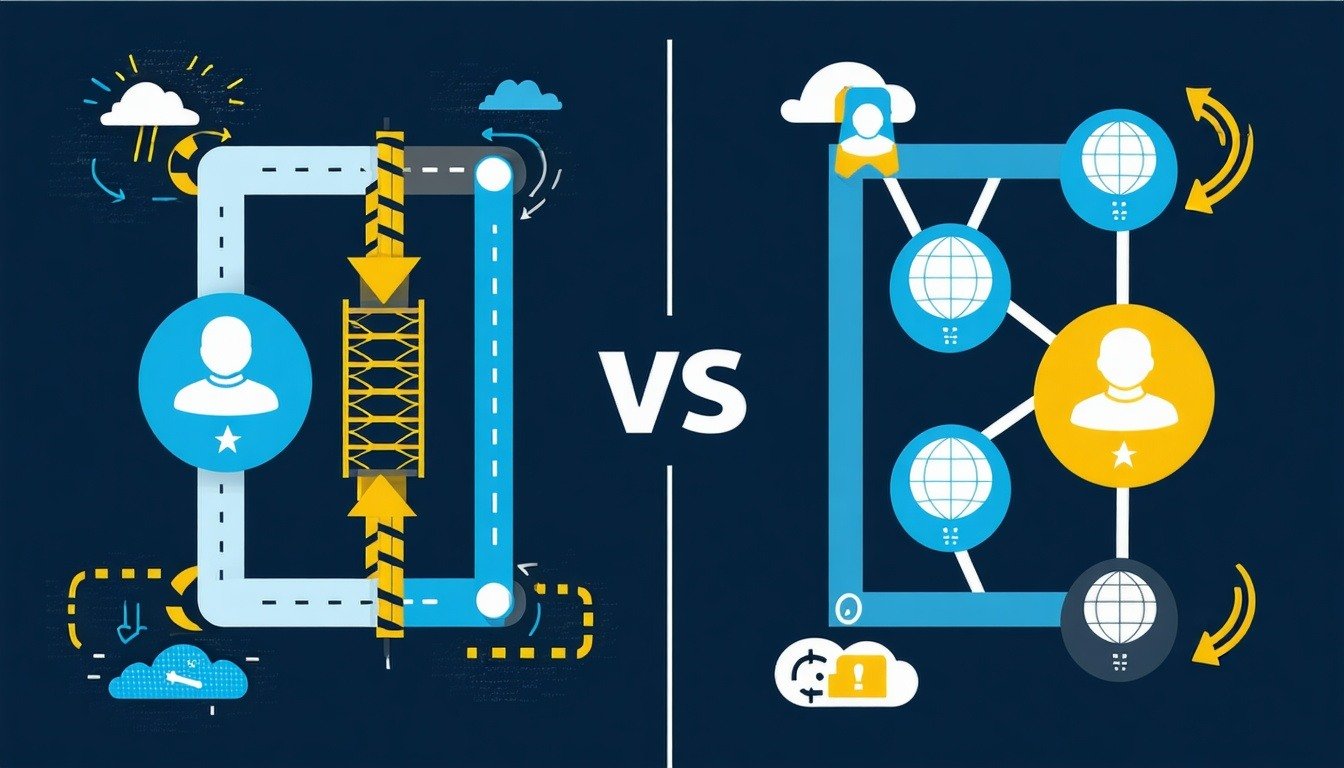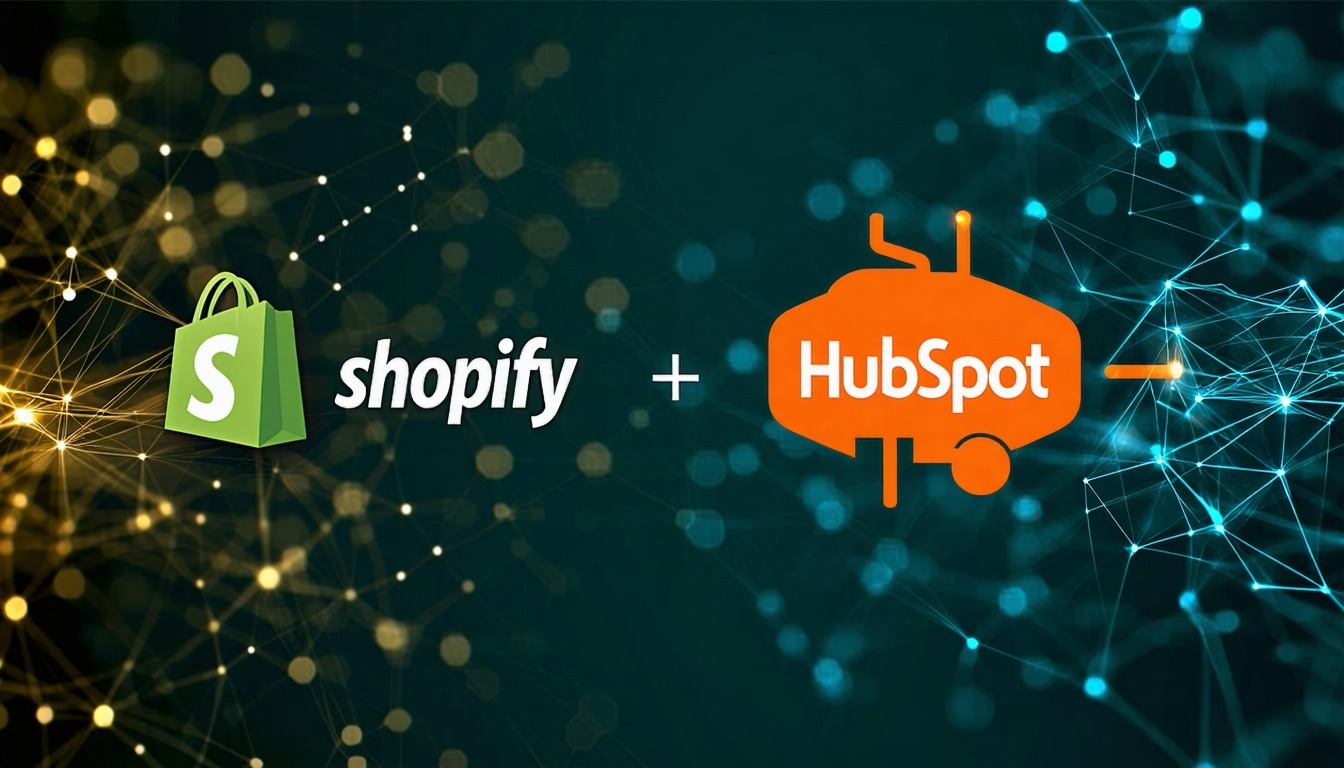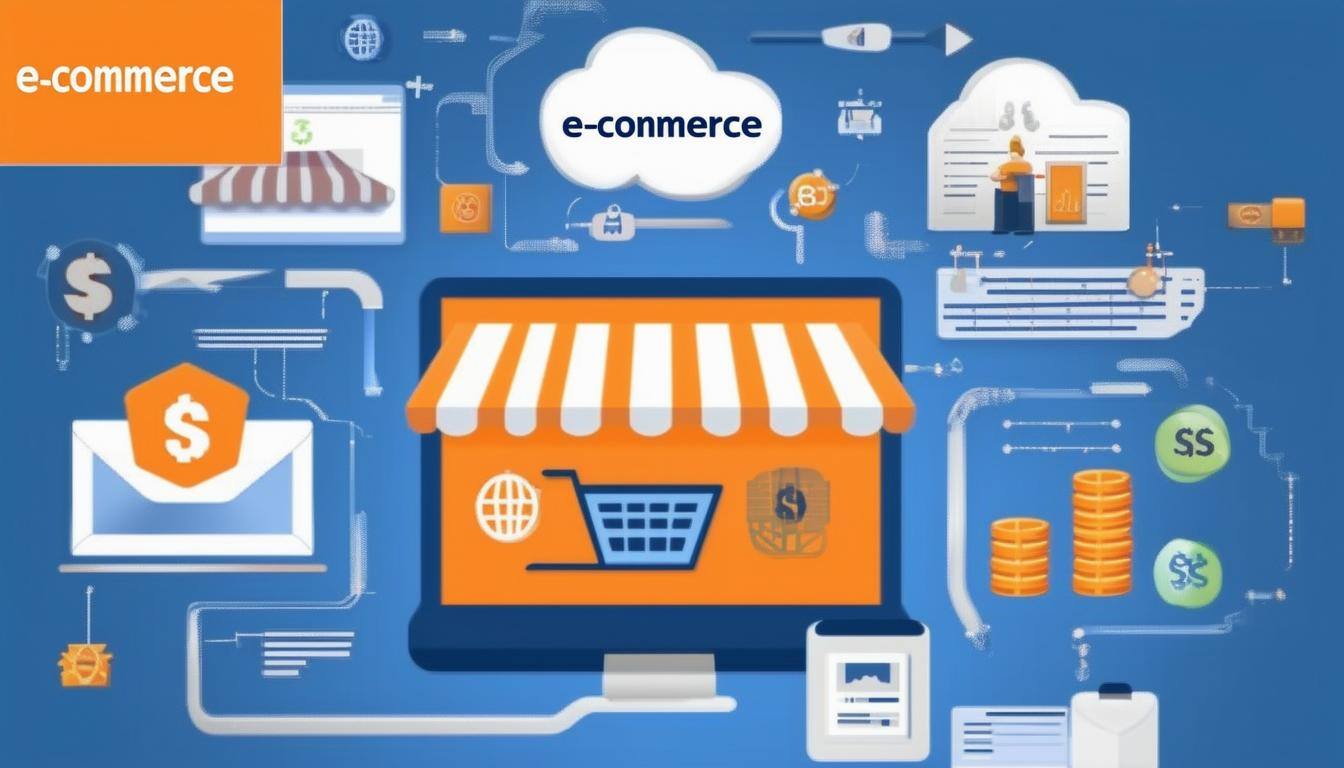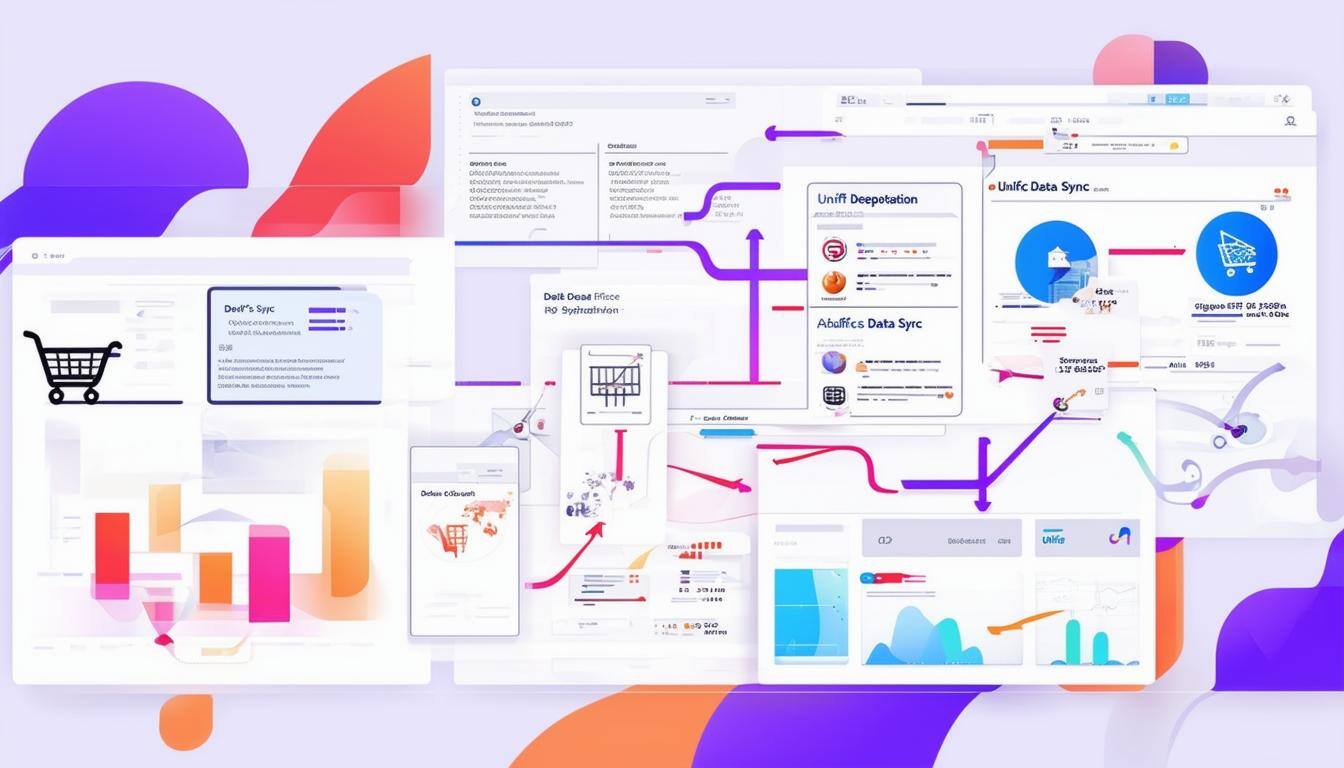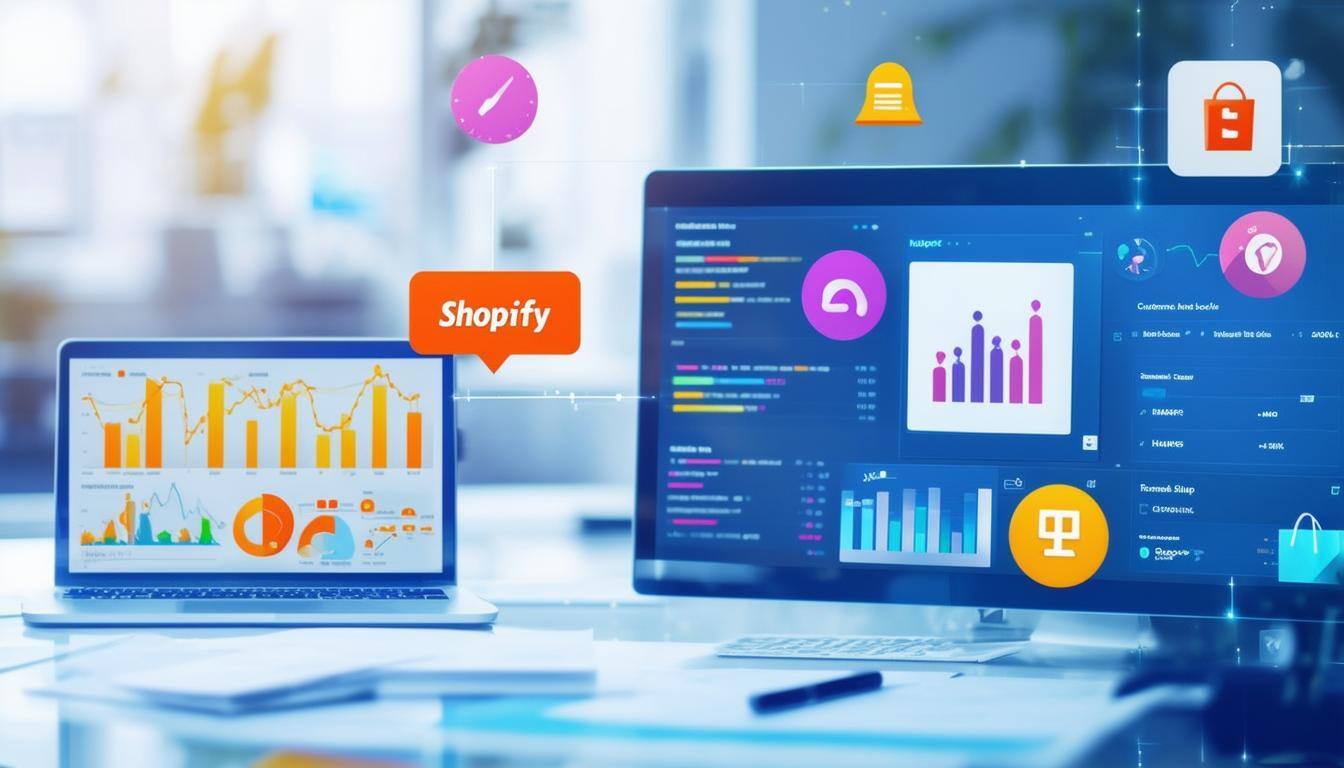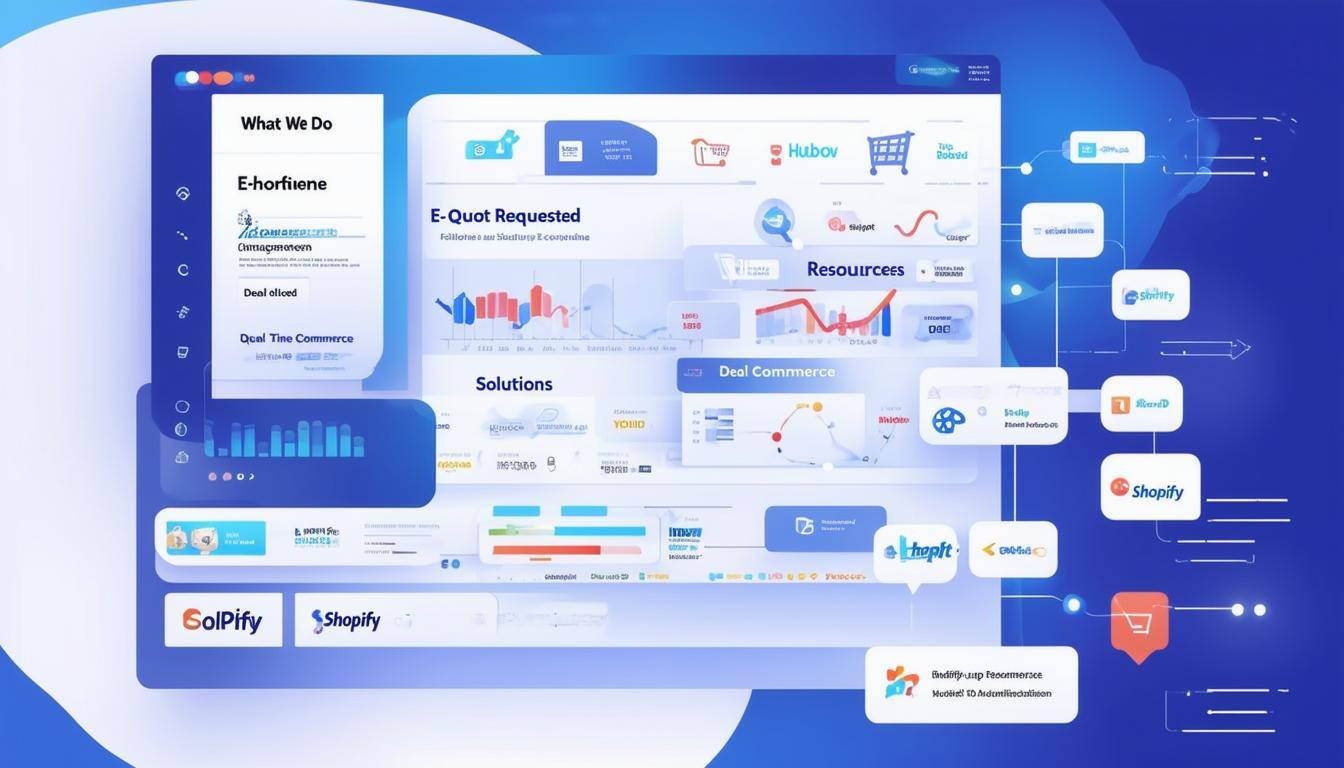25 Things you can do with Klaviyo and HubSpot integrated
If you’re using Klaviyo for marketing (email and SMS) and thinking about syncing those contacts into HubSpot, you’re on the right track. Klaviyo is fantastic at driving engagement and revenue with targeted campaigns. But when you connect it to HubSpot? That’s when you unlock the full customer journey — from first click to closed deal, and even beyond.

